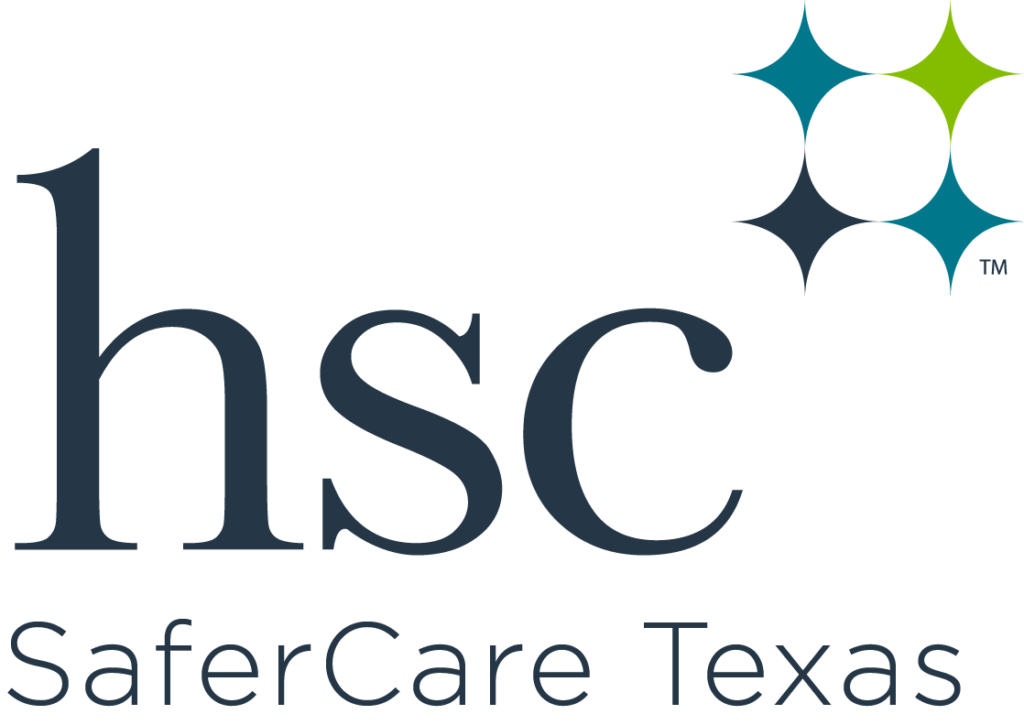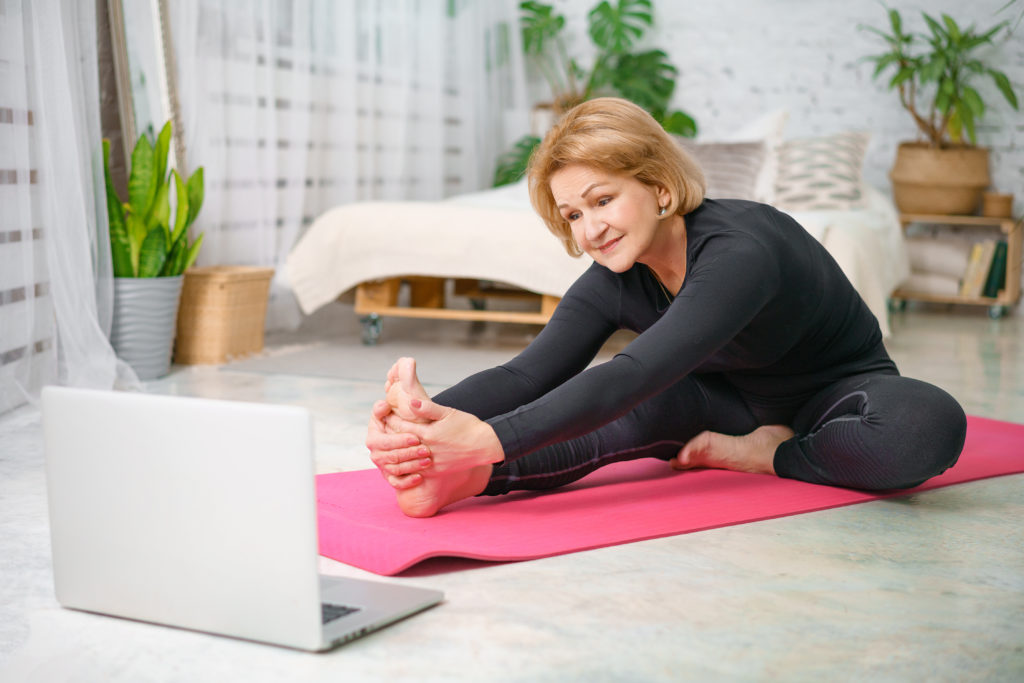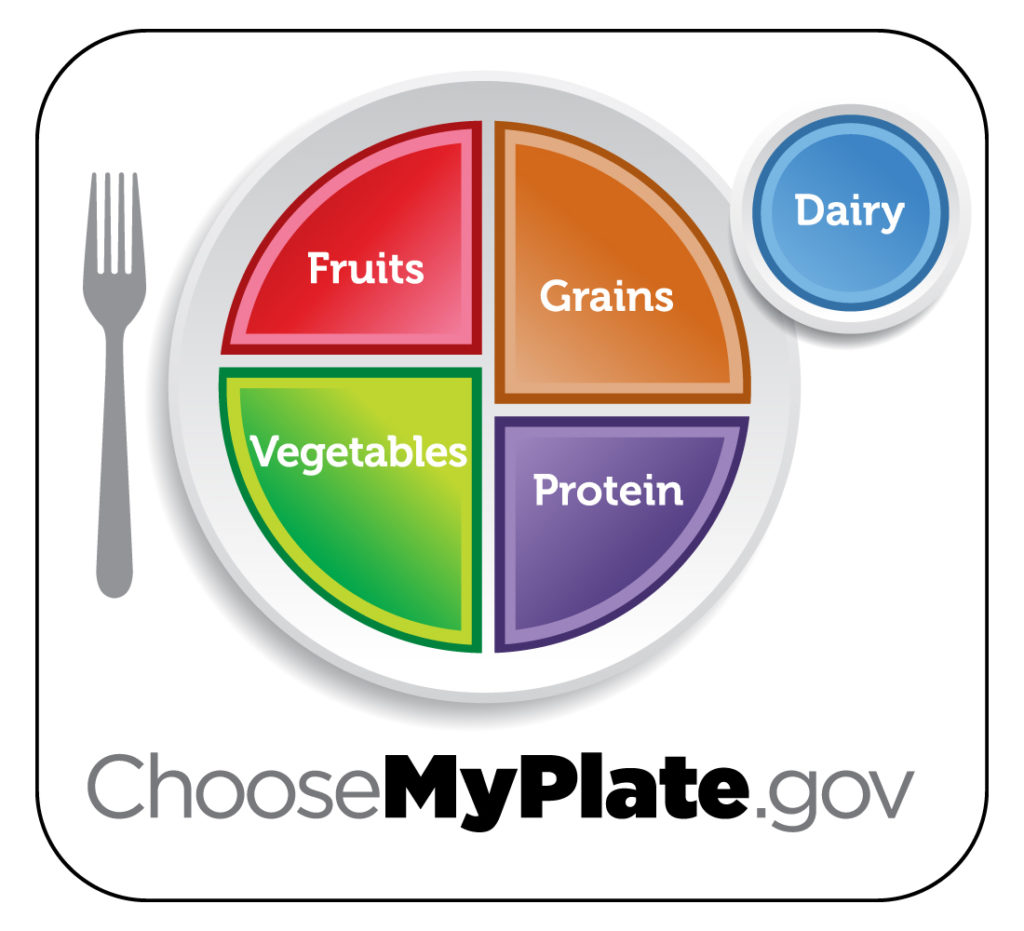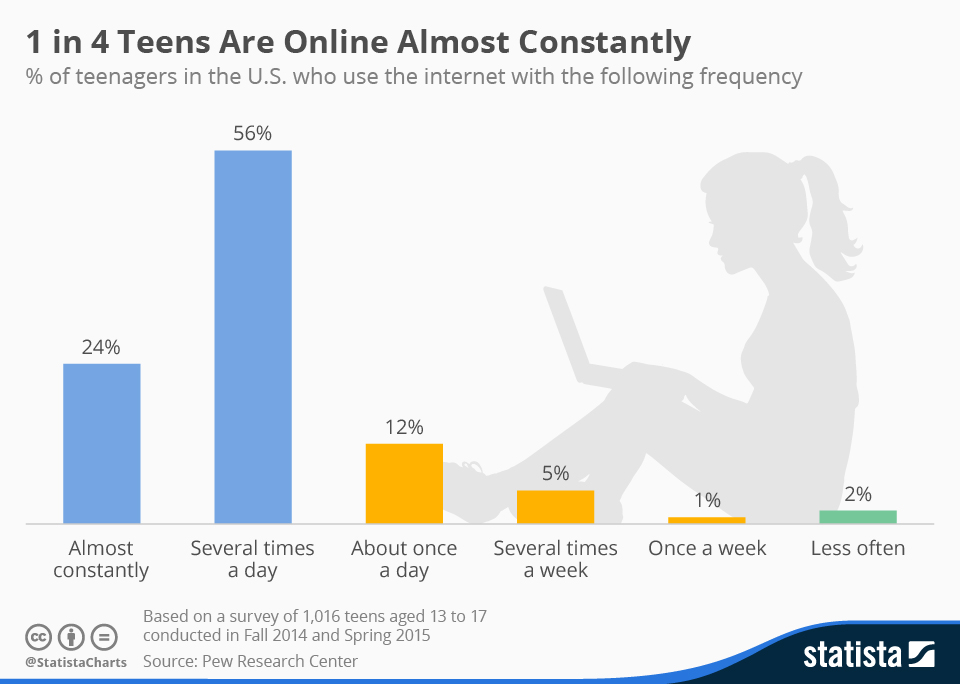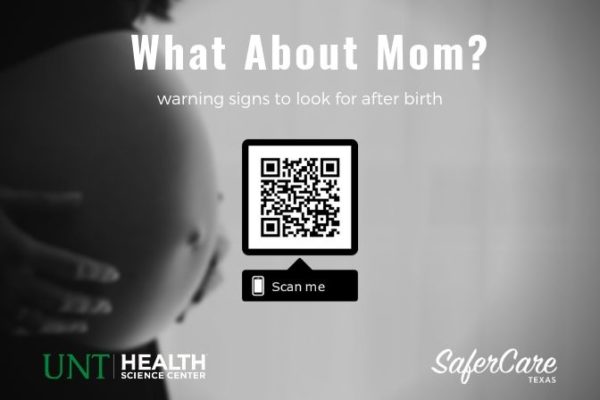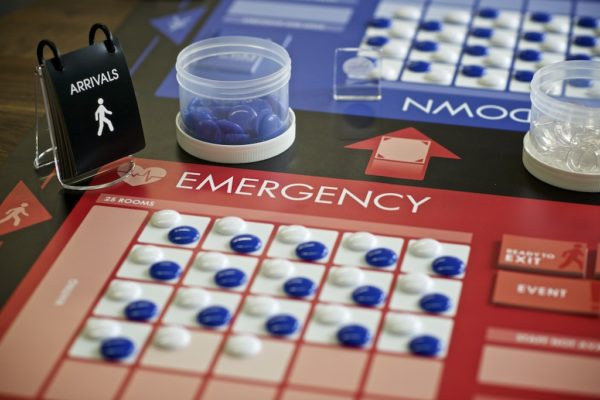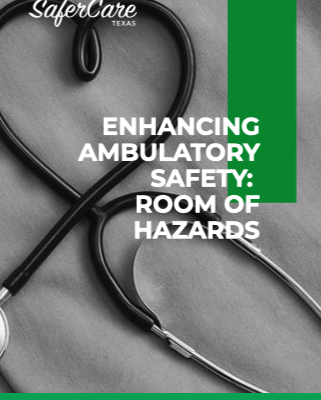Meet Our New Director, John Sims
We are excited to introduce SaferCare Texas’ new Director, John Sims, MSN, RN, CNL, CMSRN! As SaferCare Texas’ Director, Johns leads a team of professionals and leaders who create innovative/transformative solutions to eliminate preventable harm around the state of Texas and in local communities.
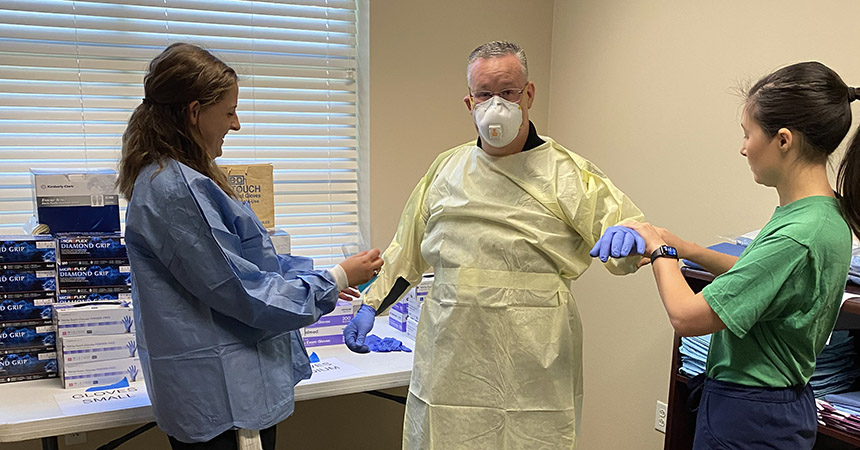
John’s first day in the role was March 23, 2020. Although it’s a challenging time to change careers, John has done an outstanding job jumping right in leading SaferCare Texas and taking on new processes and responsibilities due to COVID-19.
John brings 20+ years of experience in the health-care industry with a diverse clinical background. Through innovation, his influence has led team initiatives responsible for patient safety and satisfaction improvements across 14 wholly owned hospitals. His passions include vulnerable patient populations, diabetes management, and health literacy.
To get to know John better, we asked him some personal and fun questions. See what he had to say below.
1. What are you looking forward to the most being the Director of SaferCare Texas? I thoroughly enjoy building new relationships, especially those who share my passion for a safer community. Building strong relationships is what I look forward to most.
2. What has been the most exciting part of your first week on the job? I was able to “jump right in” to the Covid-19 Testing site and help our first responders get back to serving our community.
3. What made you pursue a career in health care? I have always been fascinated by how the human body functions and compensates during injury/disease. I also enjoy translating complicated patient scenarios into understandable terms for patients/families.
4. If you could be on any sitcom as a reoccurring character, what sitcom would it be? Ha, when I was younger, many told me I resembled Al Bundy in Married with Children. I cannot say that I ever watched a full episode, but I suppose that would be my choice.
5. Would you rather go 200 years into the future or the past for a day? I would like to go 200 years in the past, but only if I can apply present-day knowledge. This way, perhaps I could work to improve our past so that our present would be that much better.
6. What’s your favorite fast food restaurant? Taco Cabana
7. Aisle or window seat on a plane? Window-but have to close while taking off
8. Favorite color? Blue
9. Cat or dog person? Dog, but only small breeds
10. If you could meet one person, living or dead, who would that person be? Florence Nightingale was truly a pioneer for the nursing profession.
11. If you could fly anywhere in the world for lunch, where would you go? Italy!
12. If you could master any sport overnight, what would the sport be? Soccer.
13. What’s a quote you live your life by? “Honesty yields temporary consequences, but permanent rewards, whereas dishonesty yields temporary rewards, but permanent consequences.”
14. What do you enjoy doing when you aren’t working? I love the outdoors-hunting and camping
15. What are you most proud of? (my belief) I am most proud that my past, present, and future sins have been forgiven through the blood of Jesus Christ and I will one day live eternally with Him.
We are looking forward to SaferCare Texas’ future with John as our leader!

